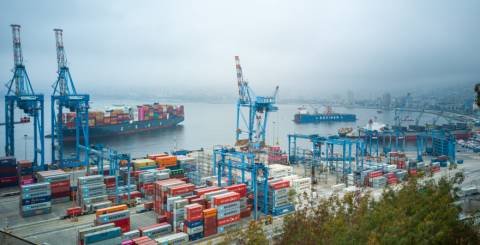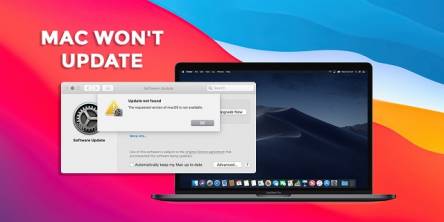Top Strategies for Risk Mitigation in Supply Chain

In today's global marketplace, supply chains have become increasingly complex, with businesses relying on suppliers worldwide to deliver products and services to their customers. While this has opened new growth opportunities, it has created unknown risks and challenges. Disruptions in the supply chain can significantly impact a business's operations, reputation, and bottom line. Risk mitigation is an essential aspect of supply chain management that helps to reduce the negative impact of unforeseen events or disruptions that can affect the flow of goods and services. Today's globalized and interconnected world is making supply chains more complex while making it crucial to identify and address potential risks proactively.
Effective risk mitigation strategies can help companies to maintain a competitive edge by minimizing the impact of supply chain disruptions. One of the key ways to mitigate supply chain risk is to diversify suppliers and geographies. Relying on a single supplier or region can be risky, as any disruption in that area can impact the entire supply chain. By working with multiple suppliers and diversifying geographies, companies can reduce their dependence on any single source and minimize the risk of disruption.
Explore the top supply chain risk mitigation strategies for 2023, including building resiliency, diversifying suppliers, leveraging technology, and implementing contingency plans. By adopting these strategies, businesses can better protect themselves from supply chain disruptions and ensure continued success.
Here are some Supply Chain Risk Management Strategies that will come in handy for Companies in 2023:
- Analyze Risk Exposure: The first step towards risk mitigation in supply chain management is to analyze the company's risks. It involves identifying potential risks such as supplier bankruptcy, natural disasters, geopolitical risks, and cyber threats. Companies can use a risk matrix to assess the probability and impact of these risks on their supply chain operations.
- Evaluate and Prioritize Potential Risks: Once the risks have been identified, the next step is to evaluate and prioritize them based on their potential impact on the supply chain. Companies need to consider factors such as the likelihood of the risk occurring, the severity of its impact, and the level of control they have over it. By prioritizing risks, companies can focus their risk mitigation efforts on the most critical areas.
- Set up a Diversified Collection of Suppliers: One of the most effective ways to mitigate supply chain risk is to set up a diversified collection of suppliers. Relying on a single supplier can be risky, as any disruption in that area can impact the entire supply chain. By working with multiple suppliers, companies can reduce their dependence on any single source and minimize the risk of disruption.
- Periodic Risk Review: Periodic risk reviews are crucial for effective risk mitigation in supply chain management. It involves regular inspections of the company's supply chain operations to identify potential risks and evaluate the effectiveness of existing risk mitigation strategies. Companies can stay current with threats by conducting periodic risk reviews and adjusting their risk mitigation strategies accordingly.
- Establish Effective Communication and Collaboration: Effective communication and collaboration with suppliers is another essential strategy for risk mitigation in supply chain management. It involves building strong relationships with suppliers, sharing information about potential risks, and working together to mitigate them before they become significant issues. By establishing effective communication and collaboration with suppliers, companies can identify potential risks early and work together to find solutions.
Global supply chain risk management strategies are crucial for businesses looking to mitigate the impact of unforeseen disruptions. By analyzing risks, prioritizing them, diversifying suppliers, conducting periodic reviews, fostering collaboration, and using technology, companies can safeguard their supply chains and maintain business continuity.
Similar Articles
Let’s be honest – managing royalties isn’t exactly the fun part of working in media or publishing, but it is very important because it protects the creator’s rights and work ownership.
The Software as a Service (SaaS) industry continues to transform before 2025 which creates new obstacles for business operations.
Given that insurance underwriting is highly competitive, insurers must harness advanced technologies to enhance customer service and communication, business practices, and decision-making in particular.
We all use Mac OS often, and there are situations when the OS just doesn’t update. Obviously, it’s important to have the latest feature and security updates.
Implementing home health systems is a complex process that requires skillful planning and preparation. You’ll want to identify the areas for improvement as well as the features that impact your agency.
Boost revenue and build trust by tracking declined services at your auto shop. Learn how this simple step can improve customer retention and shop efficiency.
For a person who works in the transportation industry for more than 15 years, I have experienced this shift through technology. I’ve witnessed how technology has altered the way we move people.
No matter at which industry one may look today, there are always organizations looking for ways to speed up software development sans any compromises regarding the levels of quality. In such a market, the ability to rapidly iterate on products and ensure seamless operations has become a critical differentiator for success.
Ask anyone and they would admit that constant change and increased complexity have now become the hallmarks of business in the modern age.









